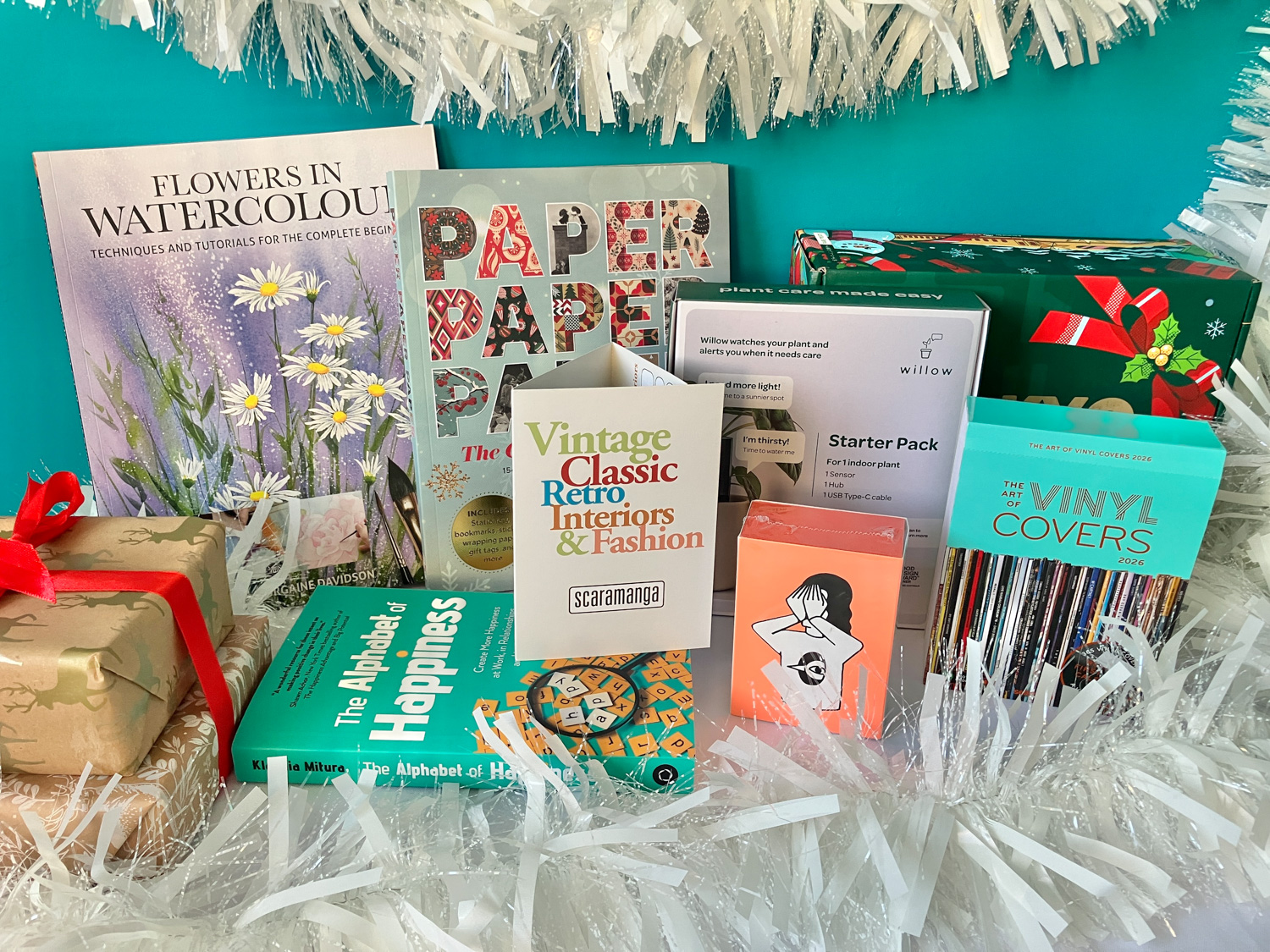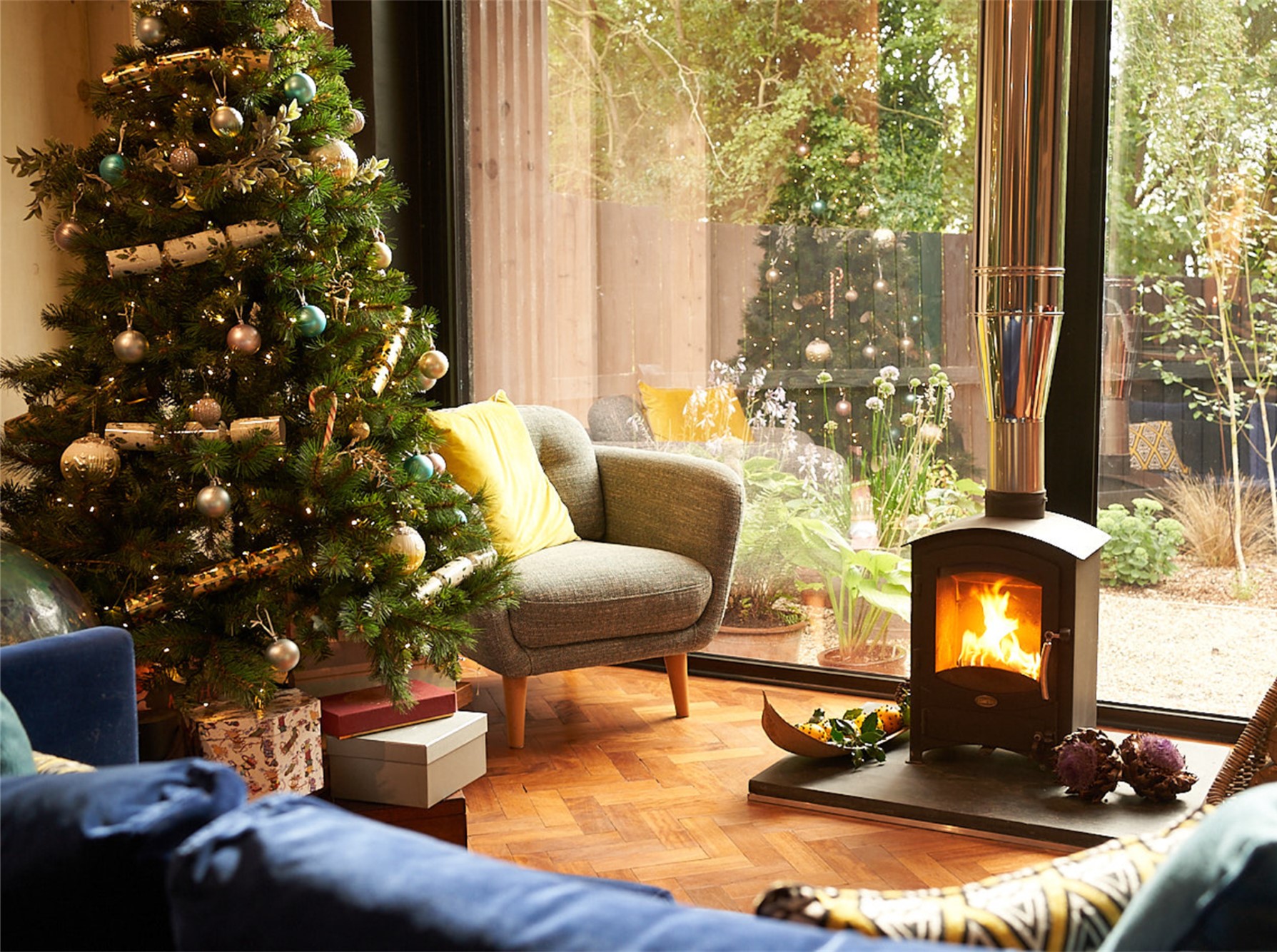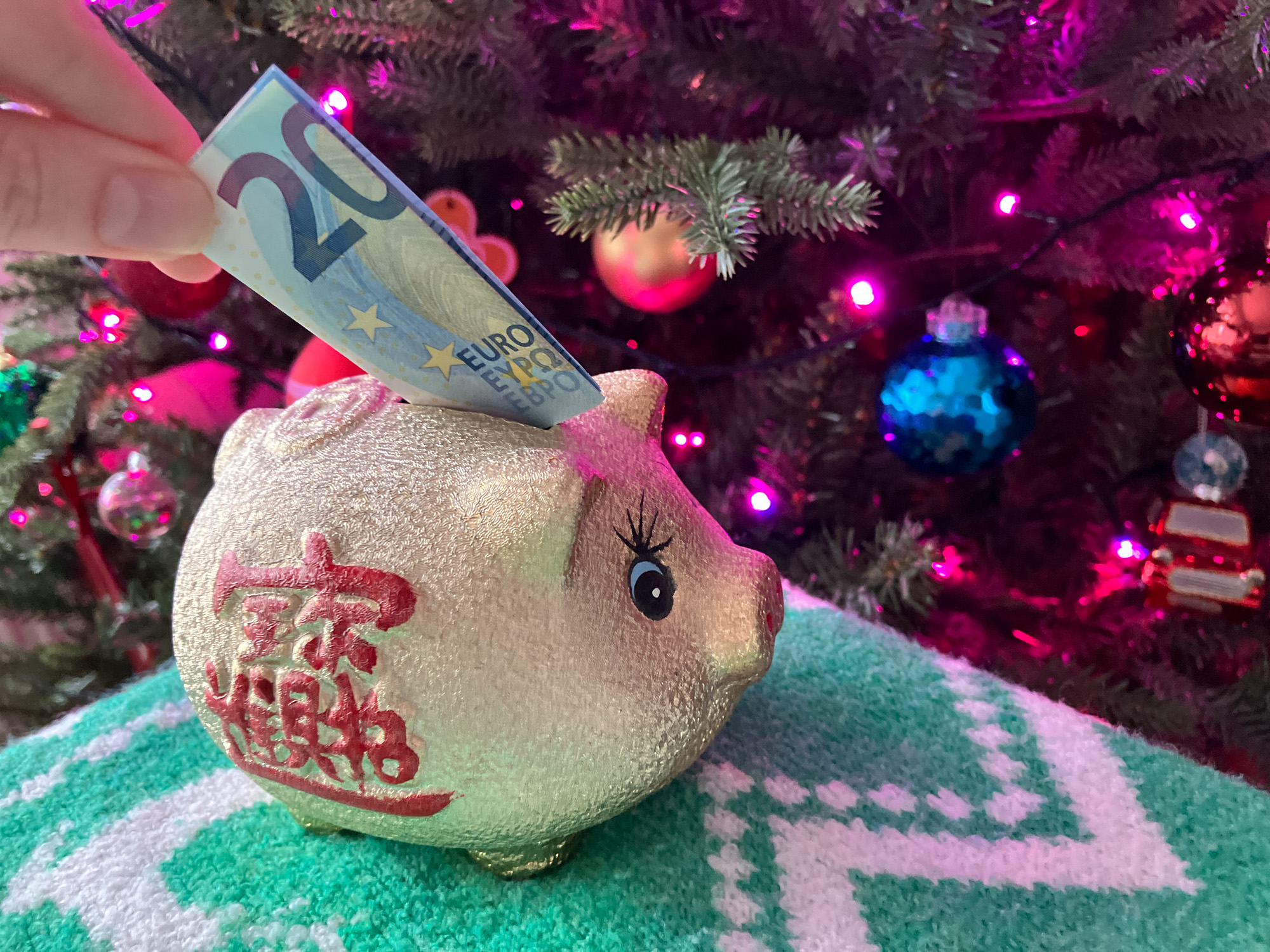If you’re happily coupled up and are starting to look at engagement rings, this is the blog post for you! The trouble with engagement and wedding rings is that the price tag is often way beyond our reach. I mean, would you rather spend money on the ring, or the wedding itself, or your future together? There are many types of rings out there, all priced differently, so which is the right one for you – and for your budget too?
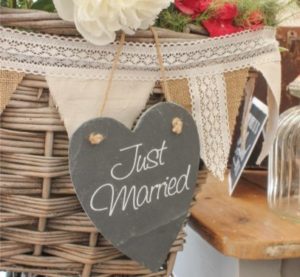
Today I’m collaborating with Angelic Diamonds, stockists of diamond engagement rings, to take look at the various tiers and styles of engagement rings to find out which is the best value for money. It’s easy to become overwhelmed by the choice out there but really, it comes down to just two main considerations: design and price.
TYPES OF METAL
The band of your engagement (and wedding ring) is down to your personal preference. Popular me/tals include platinum, silver, gold, white gold and rose gold. Each precious metal can differ in the karat rating too, which will lead to a variation in price.
If you’re looking for a super-long lasting ring, platinum is extremely durable. Did you know that this metal was used by the military in manufacturing during the war? It was actually withdrawn from the jewellery market to save resources for the military. It’s 30 times rarer than gold so, as a result, it’s a lot more pricey! You can get a similar look with a white gold band, which is pure gold combined with palladium and silver or with nickel, copper and zinc. For the most affordable (yet very similar!) option, sterling silver is the budget choice and no-one will know the difference when you’re wearing it!
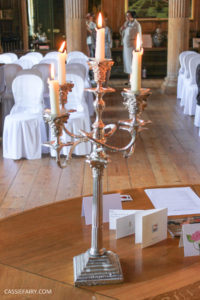
Traditionally engagement rings were gold, and the warm colour contrasts with diamonds perfectly. Gold rings come in a range of karats, which indicate how much of the band is made up of pure gold. The higher the number (such as 18k) the more gold there will be in the band. That said, when you’re wearing it, a yellow gold band looks pretty much the same whether it’s a high karat or a low 9k metal. So you can make some savings by choosing a lower karat gold. Rose gold is pure gold mixed with copper, which give it a warmer, pinkish tone. If you choose a lower karat rose gold, there’ll be more copper in the band, so it’ll appear more red. It’s worth bearing in mind that your engagement ring and wedding ring need to be the same karat gold, otherwise the stronger metal may wear away the softer metal over time – this happened to my engagement ring!
THE DIAMOND
It goes without saying that the diamonds will determine the price of your engagement ring, both in terms of the setting, the carat and the shape of the stone. More diamonds might not equal a higher price, as many small ones can be more cost effective than one huge diamond! Some setting designs require more craftsmanship, and more time to create, and therefore cost more to reflect that.
The most traditional type of engagement ring is a solitaire; a single diamond on a metal band. Tension-set rings also only have one diamond on the band but it is held in place by the pressure of the metal around the stone. A single stone can be a money-saving option when compared to a halo ring with a big central diamond circled by smaller stones and with a bejewelled band. Each additional setting and stone can add to the price of your ring. My own engagement ring was a three stone setting, which usually has a larger central diamond and two smaller ones at the sides.
The shape of the diamond itself will make a big difference to the cost, as the shape is determined during cutting based on the quality of the diamond. If the cutting technician has to work around a flaw, the shape will be different. I learnt that from a Guy Martin show on TV! A perfect diamond can be ‘princess cut’ with plenty of reflective angles that make it super sparkly. But does it really matter what shape the diamond is when you’re wearing it? No-one will be getting out a magnifying glass and checking the clarity of your diamond, are they?? Apparently the only difference is in the price, with the most expensive cut being the princess cut, decreasing in price from heart cut, to marquise, to pear and, to the cheapest, round cut. This may vary a lot between jewellers so don’t take my word for it – just use it as a rule of thumb while you’re shopping. And if you like the look of a ring, it does’t really matter what cut it is – it just matters that you’ll be happy to wear it for a looooong time! 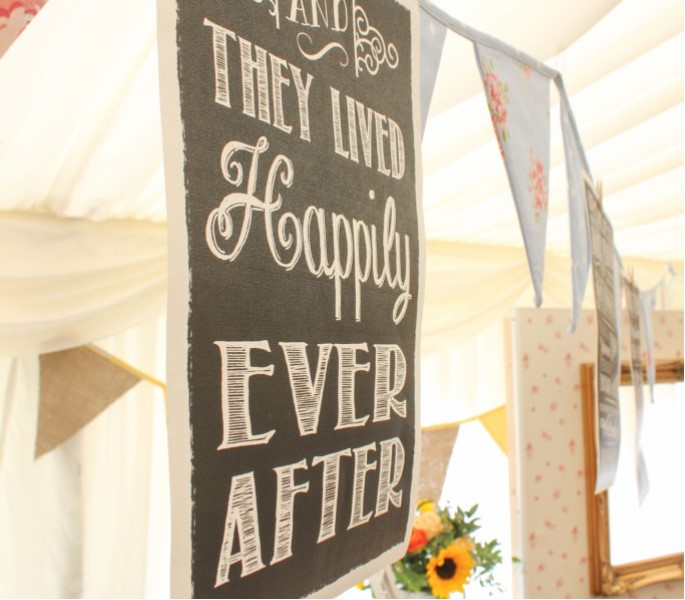
I hope these tips will help you with choosing your engagement ring and that you’ll be able to save some money to put towards your wedding day or your future home as a result. Thanks again to Angelic Diamonds for sharing their expertise on metals, settings and diamond cuts so that I can help you stick to your engagement ring budget!
PIN IT FOR LATER..! 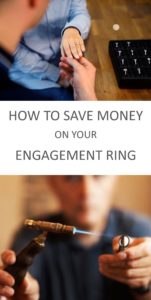
This blog post is an advertisement feature that has been written in collaboration with a sponsor. The pink links in this post indicate a sponsored link 🙂



















